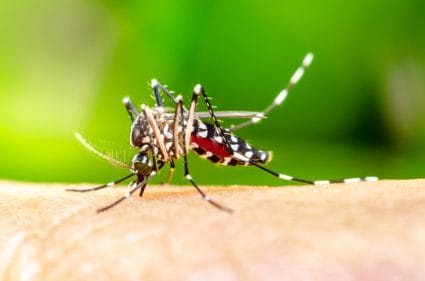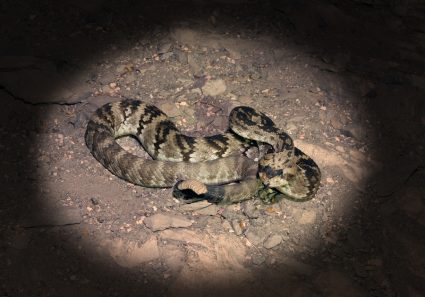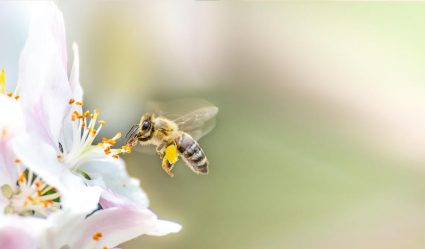
Bees are fascinating creatures, playing a vital role in our ecosystem. However, many of us have wondered, “Why do bees fall out of the sky at night?” This phenomenon has puzzled many, and in this article, we delve into the reasons behind this occurrence and its impact on the bee population and ecosystem.
Bees, especially honeybees, are diurnal creatures, meaning they are active during the day and rest at night. They have difficulty navigating in the dark and prefer to stay in the hive at night. However, when bees are observed in artificial light conditions and the lights are suddenly turned off, they may drop out of the air. This could be due to their reliance on the sun’s position for navigation or a defensive response to perceived predators.
Bees and Their Nighttime Behavior
Bees, particularly honeybees, are not well-adapted to flying at night. They are diurnal creatures, meaning they are active during the day and rest at night. Nighttime activities in the hive include keeping it warm, cleaning up debris, processing nectar, pollen, and syrup collected during the day, and sleeping. Bees have difficulty navigating in the dark, and they instinctively prefer to stay in the hive at night. However, some tropical bee species have evolved to fly at night, taking advantage of flowers that bloom only at night.
Why Do Bees Fall?
When the lights are turned off, bees have been observed to suddenly drop out of the air, stopping their flight and plummeting to the ground. This behavior could be related to how bees use the sun’s position to navigate back to the hive, so when the light disappears, they immediately stop moving. Another theory suggests that it is a prey response, where a shadow from a large predator above them causes the bees to drop out of the air and fall to the ground, where they have a lower chance of being spotted.
Human Activity and Its Impact
Human activity significantly contributes to the current climate change, which is affecting the bee population. The primary driver of climate change is the increase in greenhouse gas concentrations in the atmosphere due to human activities, such as burning fossil fuels, deforestation, and farming livestock. These activities have led to a rise in global temperatures, which impacts the biological reactions of bees, altering their natural behavior and potentially contributing to their falling out of the sky at night.
Supporting the Bee Population
To prevent bees from falling out of the sky at night, it is essential to maintain their natural habitat and avoid disrupting their normal sleep cycle. This can be achieved by planting a bee garden with native plants, avoiding the use of chemicals and pesticides that can harm bees, providing a bee bath with clean water, and ensuring that artificial lights do not disrupt bees’ sleep cycles.
Conclusion
While the falling of bees at night is not a widespread phenomenon, it is a fascinating occurrence that reflects the complex behaviors and adaptations of these vital creatures. By understanding the reasons behind this behavior and taking steps to support bee populations, we can contribute to the health and sustainability of our ecosystems.
Frequently Asked Questions
What are some examples of flowers that bloom only at night?
There are several types of flowers that bloom only at night, often to attract nighttime pollinators like moths and bats. Some examples include Evening Primroses, Moonflowers, Night-blooming Jasmine, and Night-blooming Cereus.
What is a bee bath and how can I make one?
A bee bath, also known as a bee waterer, is a place where bees can safely land and drink water. You can easily make one by filling a shallow dish or bird bath with water and placing pebbles or marbles in it for the bees to land on.
What are the specific impacts of climate change on bees?
Climate change can impact bees in several ways. Rising temperatures can alter the timing of flower blooming, which can disrupt the food supply for bees. Changes in weather patterns can also affect bees’ ability to forage and can increase their vulnerability to pests and diseases.
Can all bees fly at night?
No, most bees are diurnal, meaning they are active during the day and rest at night. However, some tropical bee species have evolved to be nocturnal and can fly at night.
How does artificial light disrupt bees’ sleep cycles?
Artificial light can mimic daylight and confuse bees, making them think it’s daytime. This can disrupt their sleep cycles and cause them to become active when they should be resting. This can lead to increased energy expenditure and decreased productivity.












